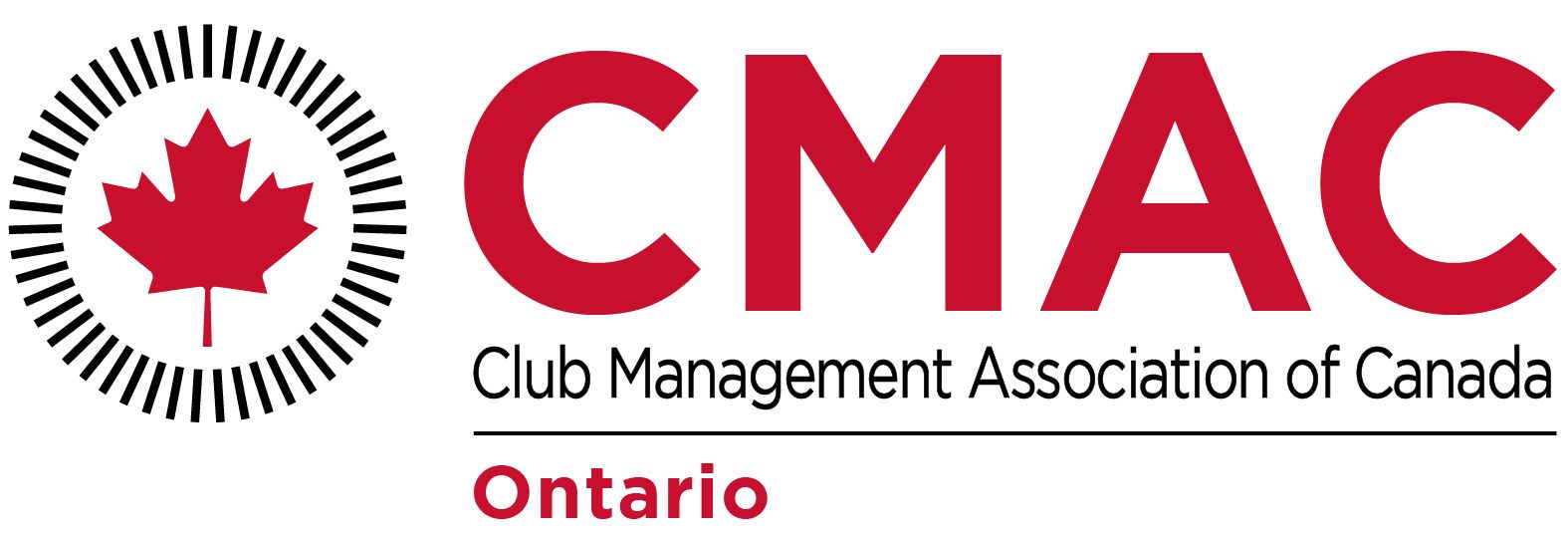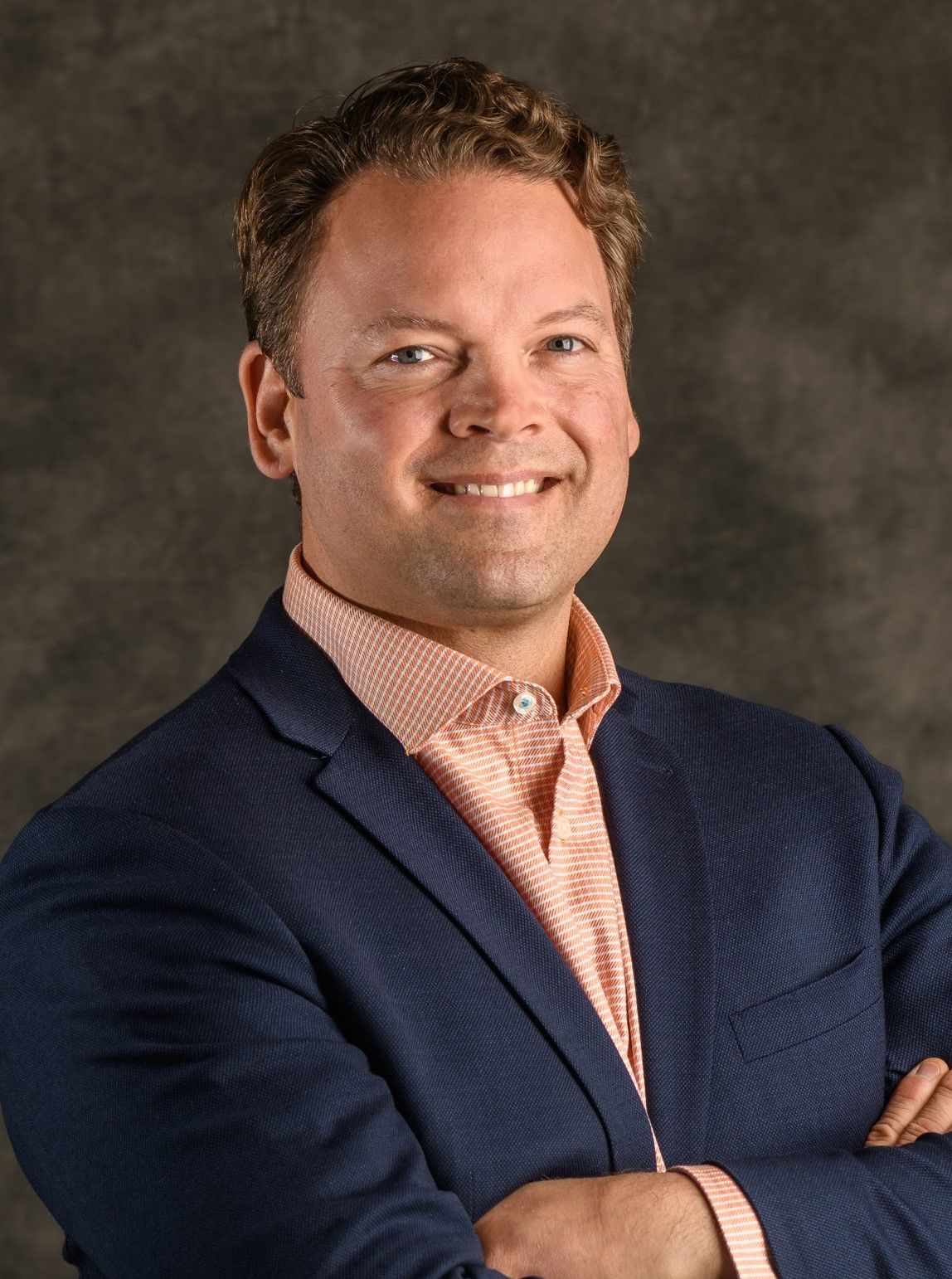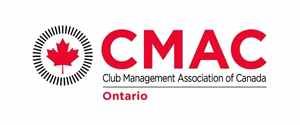Governance and the importance of safe spaces in the club environment
Governance and the importance of safe spaces in the club environment
By: Hendrick van der Geld CCM
General Manager
The Club at North Halton
The concept of “safe spaces,” evokes different imagery for different folks. Some immediately think of physical spaces and physical danger. Some may think of safety in numbers and that may be physical or perhaps, the ability to build a consensus. Still others may think of a safe place to share ideas without the threat of being judged.
Well, in the land of Private Clubs, there is another concept of safety, and it is in the context of the actual business structure and the governance model. The governance best practice is used to help club staff create safe spaces amongst members (some refer to as owners) to help execute services and amenities for the betterment of the Club’s community and the business alike. Below we will describe this concept and explore the inherent benefits but also the, at times, negative impacts of letting the governance model break down.
Creating a clear governance model with strategic goal posts is the most obvious application of a well-designed business structure in private clubs. Orienting the volunteer board and committees to focus on their fiduciary duties, strategic planning and weighing strategic options while maintaining a sound governance structure and reducing conflicts of interest can be very helpful for board members and staff alike. If the club employs a General Manager/COO/CEO, their responsibility would be to help the President maintain the governance structure as the one employee of the Board. Likewise, the GM/COO/CEO would translate strategic focus and policies of the Board into operational structures and procedures while also evaluating the delivery of these procedures against the Club’s broader goals.
The governance structure associated with the separation of strategy and policy from the operation of a club is very important in a host of ways. Firstly, the concept of best fit in the governance model can be easily broken down between those with a vested interest in the Clubs future (members) and those folks with the experience in the execution of the service components (staff). Keeping this governance structure intact can create a safe place for Board members to explore strategic options without creating conflicts of interest. As it relates to members, in a well-maintained governance structure the staff teams can explore options and use creativity to deliver the services needed to increase satisfaction amongst those members. If the staff feel members are involved daily in the evaluation of their successes and failures, the tendency of deferring creativity for safety can increase.
The optimum governance structure can be simply described as encouraging club members to act like guests or customers rather than owners. Providing feedback in the channels provided for the betterment of the experiences rather than directly to the service provider. What happens when the governance model works well and how does this create safe spaces? What happens when the governance structure breaks down and how does this impact the members and staff? The following will describe both scenarios.
The preceding deserves some clarity. If service folks feel like they are constantly being evaluated by multiple people with the ability to impact their jobs, the tendency is to reject creativity or to defer trying new things for fear of being judged. Imagine you had 200 bosses all evaluating your performance in a given day, all with different needs and biases of their own being applied to the evaluation. Now imagine those 200 people change on a daily basis. It would be challenging to say the least, to go out on a limb and try to do something new or different. However, if you know that the folks you are looking to service are not evaluating you directly but rather have a vested interest in your outcomes, the safe space allows for a much broader interpretation of the service environment.
Service outcomes are generally more memorable when something unexpected happens. When a service team member takes the time to add some personality to the environment or goes off script with the delivery or simply adds some personalization and energy. All of these examples would be challenging for the most seasoned service professionals if they were serving their direct boss/owner in every instance. Creating a safe space where folks know they are being evaluated by people driven by broader success criteria (management) allows front line people to “free think.”
On the flip side, if the Club is not accustomed to maintaining a best practiced governance structure, it might be typical to hear phrases like “I’m an owner here,” or “I pay your salary.” or simply “this is my place.” While these phrases may be true in certain contexts, it has failings when applied in this direct way to staff. As an example, what happens when two members (owners) have competing or different interests? What one person likes may be what another does not like. How are the staff supposed to navigate competing interests when there is so much judgement? However, if the staff are able to freely develop a customized service offering without the fear of being directly evaluated, it is more typical the service delivery can be not only pleasing to the receiver but also pleasing to deliver. It is a win, win scenario and at the very least, it is a pleasure to make the attempt to make someone happy.
Governance and its application may not be the most exciting topic. However, when it is used to create safe spaces, it can support memorable and pleasing service environments that can make your experiences more exciting.
Hendrick van der Geld is the current General Manager and Corporate Secretary at the Club at North Halton, a wonderful Golf and Curling club nestled in Georgetown Ontario. Hendrick is a 20+ year, Class A Member of the PGA of Canada and is presently serving as the Vice President of the PGA of Ontario Board as well as a member of the National PGA Governance Committee. Hendrick is a CMAC Member and Certified Club Manager (CCM), also serving as Vice President of the Ontario Branch. In addition, Hendrick serves on the Ontario We Are Golf Committee and the Program Advisory Committee at Georgian College where he completed his Professional Golf Management Program.










